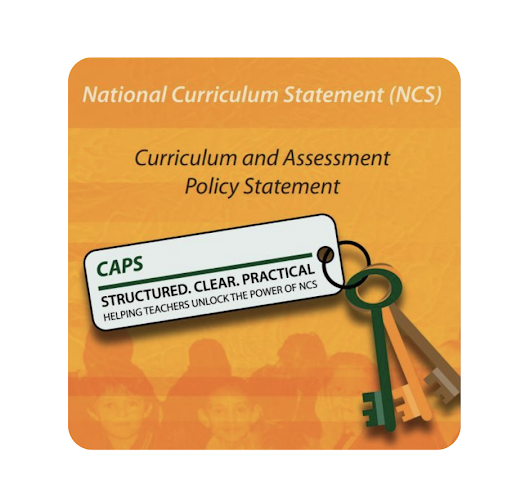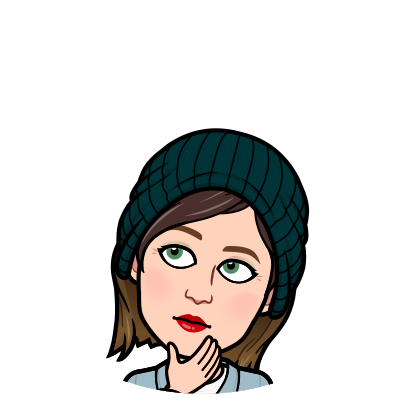
I have such a wide range of students in my class with different abilities, that I needed to find a way to ‘reach’ them all using a child-centered, engaging, and active learning approach… and then I found group rotation teaching! I love group rotation teaching because each student can participate in all the activities, in smaller groups and to their own level of achievement. I sometimes split the children into ability groups and then differentiate the learning for each group as they move through the activities, or depending on the topic, split them into random ability groups.
In this particular lesson, I wanted them to engage with various phonics activities so I could scaffold the learning and help those who needed more support without having some students be bored in class.


This learning facilitated the development of the following skills identified in CAPS:
Phonemic awareness
The phonics programme we use in the foundation phase is Time2Read.

This is a group teaching activity, so I set up three stations of activities, one station for each group.
I handed out the necessary books that needed handing out and gathered all my resources. I needed:
Let’s talk about what we are going to learn today: I introduced the lesson and told the students that we were going to break into our groups and start group rotations, and we were going to recap all the phonics we had learnt over the past few weeks.
Let’s break into groups: I divided the students into three groups of about 8 to 9 students in each group. I sent each group to their starting activity and set the timer to start. Each group spent 20 minutes on each activity.
During this group rotation lesson, I planned 3 activities.
STATION 1: A th/ch/sh phonics tree map
Each student had been learning words that contained the blends /th/, /sh/, or /ch/. An easy way to classify all those words that had been learnt is on a Tree Map. This is a thinking map I often use in the classroom and I have a display of thinking maps up on the wall in my class.
STATION 2: Word building and phoneme manipulation with letter tiles
This activity I facilitated on the carpet. We used the Time2Read letter tiles and built one-syllable words together. For example, we built P O P, pop. We then manipulated the sounds and parts of the words, replacing letters with different letters to see what would happen to the word. For example, P O P became P O T, changing the last letter in the sequence, changed the word sound and the meaning of the word.
Phoneme manipulation is a vital skill in the foundation phase building phonemic awareness, enabling easier reading and spelling. By facilitating this part of the group rotation lesson I was able to identify who understood the sounds we had learnt, and who had a good grasp of their spelling and word manipulation.

Bubble Maps are exciting ways to display information that has been learnt, and especially in Grade 1, it allows the children to use colour and make their work interesting and different. This was a ‘long-term’ memory activity. We had learnt about the long /ai/ sound a couple of weeks before, and I wanted the learners to ‘dig deep/ into their long-term memory for the words we have learnt containing the /ai/ sound. For example, snail. They could again, chat in their groups, listening and sharing their different /ai/ words to put onto their Bubble Maps.
Let's rotate: After 20 minutes I rotated the groups. As the teacher I facilitated the group who were working on the carpet building and manipulating words with letter tiles, using continuous assessment techniques, to see if the learners understood the concepts being taught.
Let's gather on the carpet: After all three groups had rotated we gathered on the carpet and discussed all the work the students had completed.

I love group rotations. I find it an efficient and effective way of learning for my students. I am able to differentiate the smaller group work too, to accommodate the different learner needs. I find group teaching a useful tool to scaffold techniques and strategies with the learners. I am able to ‘reach’ each child on their level and help them unlock their subconscious competence, as well as extend the students that need extending and challenging.


I am often refining and changing my strategies within the group teaching methodology. Changing up the activities is important too, and I'm always looking for ways to introduce new and exciting methods of ‘reaching’ the learners. I love using Thinking Maps in the learning experiences, and I could definitely use Thinking Hats and Thinking Routines more often.

Group rotations can be used in any teaching environment from grade 00 to Matric and further. I know it sounds more complicated than what it really is, but all you have to do as a teacher is start. Once the students in your class have done group rotations a couple of times, it gets easier and easier and the rotating get smoother, the activities become more fun and the students absolutely love the collaborating!

Want to learn more about PBL? Keen on Design Thinking?
Bring us to your school for our Extreme Project Makeover, Design Thinking, or Breaking down the Silos workshops.
Or get your school signed up for our PurpleZA gamified PD platform and check out our epic Power of Project-based Learning and Design Thinking in your Classroom courses.